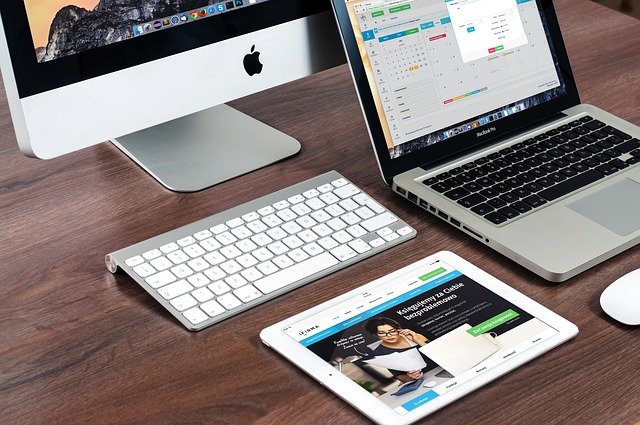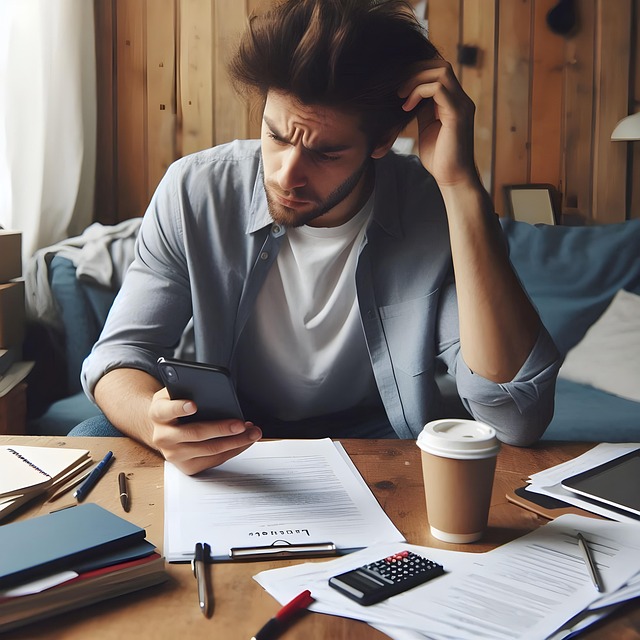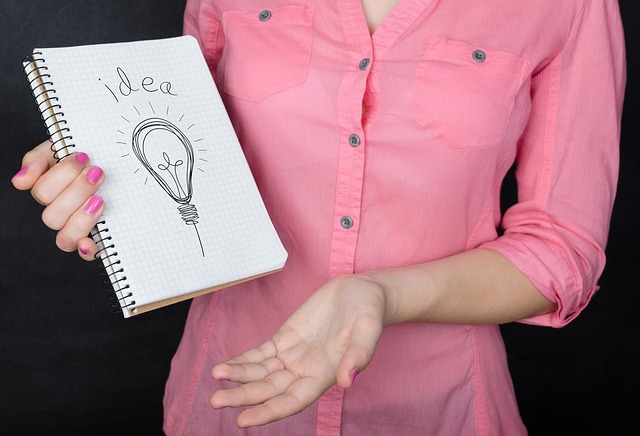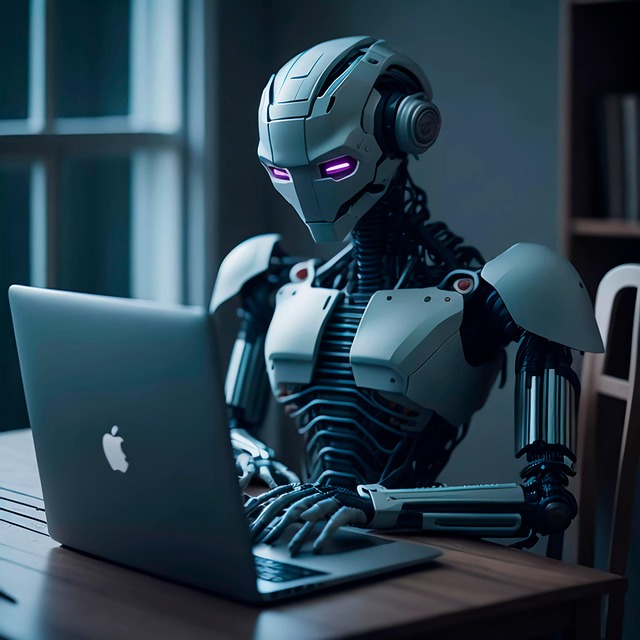If you are a nonfiction writer, in particular, writing books that teach people how to use software or how to navigate a website, you may use screenshots as a visual tool to help your reader understand the whole process. I am also guilty of using screenshots in blog articles and in some of my books. Many people use screenshots on their websites and in books, but they don’t realize that screenshots are covered by copyright and if they are used without permission, it is copyright infringement.
What is Copyright?
Anytime you paint a picture, write a book, compose a song, or create a website, your work is protected by copyright. This means that you have the legal right to copy, share, modify, or sell your work because you are the original owner of your creative work. When a creative work is copyrighted, you usually see the symbol ©.

You can do whatever you want with your material because you are the one who created it. If anyone wants to use your material they have to get your permission first. Your work is automatically copyrighted as soon as it comes into existence as a hard copy or in electronic form. You don’t have to do anything to get copyright protection because it is already protected from the moment of its existence.
Can You Use Screenshots?
A screenshot is an image on your computer screen that you make a copy of by either pressing a couple of buttons on your keyboard or with the use of screen capturing software. Screenshots are very useful when teaching someone how to use software or how to make a website.
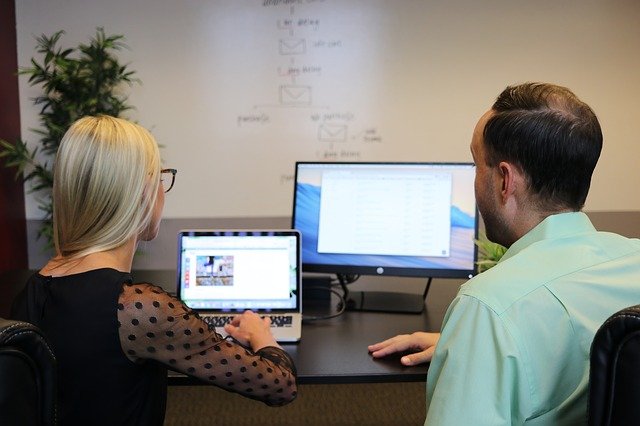
As a writer, it is tempting to take a screenshot of someone else’s material without their permission. Do not assume that the copyright holder will allow you to use their material without objection. To be on the safe side, it is better to get permission from the copyright holder to take a screenshot of their work.
How to Get Permission
If you want to use screenshots of a copyright holder’s work, you need to get permission from them. You can find contact information on websites, in books, and on software packages that explain how you can get permission to use their copyrighted material. You can usually contact them by email.

For example, GIMP, the free photo editing software is an open-source image editing program that is licensed under an international Creative Commons license and is distributed under the terms of the General Public License v3. GIMP’s website includes a Frequently Asked Questions page which explains that the software is free to use both personally and commercially and that it can be used for any purpose.
Microsoft, on the other hand, includes a Terms of Use page providing specific guidance on copyright and the use of its software and other products and services.
